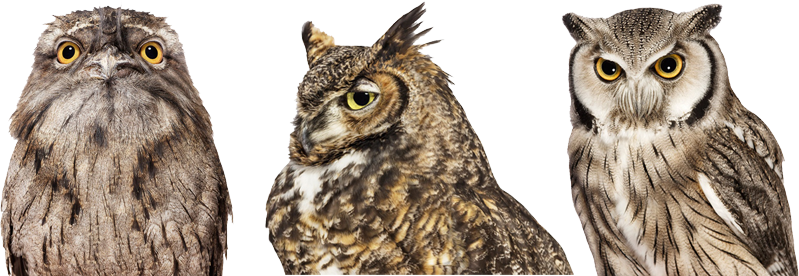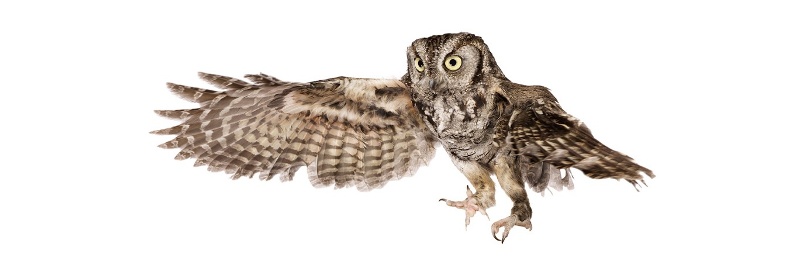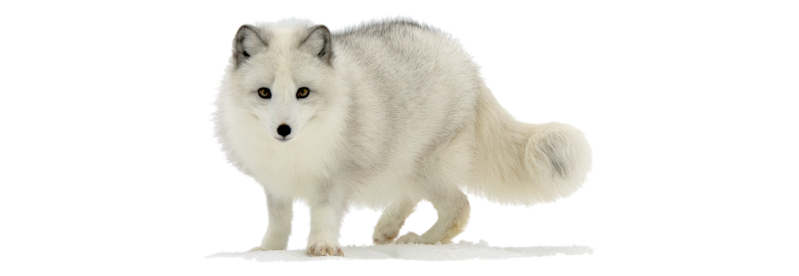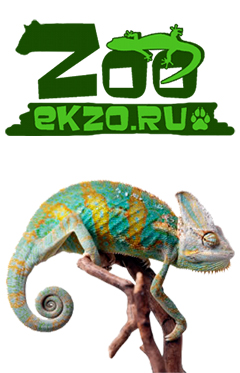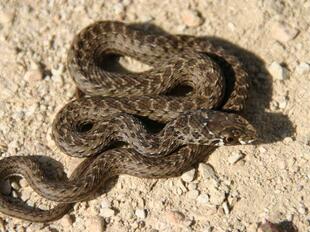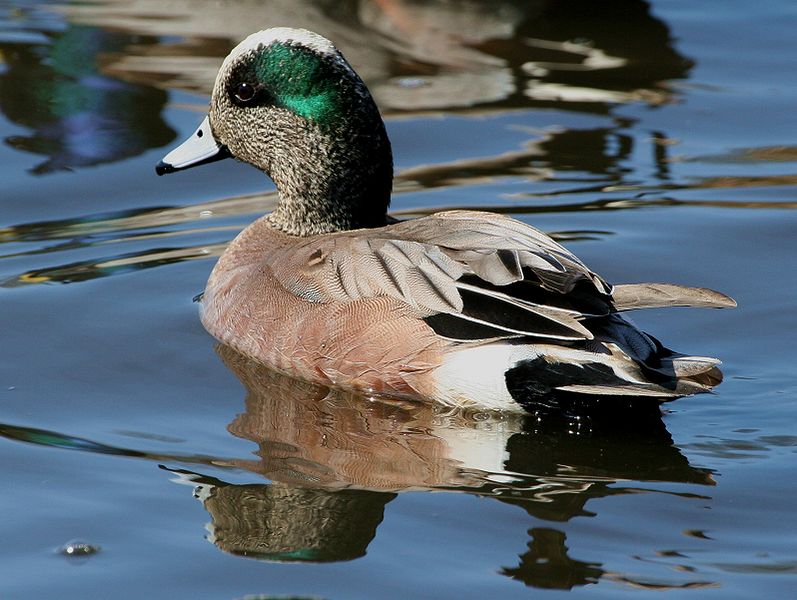
American wigeon, orAmerican widgeon, orBaldpate(Anas americana)
Phylum —chordata
Class — aves
Order — anseriformes
Family — anatidae
Genus –anas
Appearance
The American wigeon is a medium-sized bird. It is 42–59 cm (17–23 in) long, with a 76–91 cm (30–36 in) wingspan and a weight of 512–1,330 g (1.129–2.932 lb).
The breeding male (drake) is a striking bird with a mask of green feathers around its eyes and a cream colored cap running from the crown of its head to its bill. This white patch gives the wigeon its other common name, baldpate (pate is another word for head). Their belly is also white. In flight, drakes can be identified by the large white shoulder patch on each wing. These white patches flash as the birds bank and turn. In non-breeding (eclipse) plumage, the drake looks more like the female.
The hens are much less conspicuous, having primarily gray and brown plumage. Both sexes have a pale blue bill with a black tip, a white belly, and gray legs and feet. The wing patch behind the speculum is gray.
Habitat
The American wigeon has very large winter and breeding ranges that spread north to the tips of Alaska and Canada, and south through Mexico to the northern parts of South America. Winter distribution is concentrated in the lower 48 states and all of Mexico, excluding high elevation Rocky Mountain and Appalachian areas. Breeding takes place mostly in western Canada but is spread throughout northwestern North America.
Behavior
American wigeons spend most of their time during the day swimming and feeding, and in general are most active on the water. They do not form large congregations except during migration or where there is a large source of food. They will join small flocks of gadwalls, mallards, American coots and various diving ducks occasionally during fall migration.
Amercian wigeons are territorial during the breeding season. Individual territories tend to be spaced out, usually a single pair to a pond.
Diet
Eats aquatic plants such as pondweeds, sedges, wild celery, eelgrass, algae. Also eats some insects and snails. On land, grazes on young grass shoots, and consumes seeds and waste grains. Very young ducklings eat many insects.
Reproduction
Pair formation can begin with the arrival on wintering grounds. Breeding is not controlled strictly by photoperiod, but is also influenced by habitat quality and food availability on the wintering grounds.
Presumably the female selects the nest site, which is well concealed on dry ground and away from the water. Nests are typically found in areas of tall grasses and brush cover and in fairly close proximity to a food supply. They are constructed primarily of grasses and weed stems and lined with down. Incubation begins at the completion of the clutch and usually continues for an average of 25 days. The female spends almost 90% of the day on the nest; when the paired male is not accompanying the female in feeding, he spends the majority of his time on the water. He remains with the female only until the second week of incubation.
Young are precocial at hatching. They are able to leave the nest with the female less than 24 hours after hatching. They feed eagerly by dabbling and off the surface. Fledgling age is estimated at between 37 and 48 days. This period varies depending on factors such as habitat and climatic conditions, age and condition of female, and time of hatching.
In captivity
Lifespan in captivity is up to 30 years.
It is not difficult to keep American wigeons. In summer, they are kept in outdoor enclosures. The minimum size of the enclosure is 4 square meters: one meter for a bird.
In the cold season, birds are kept in sections of the poultry house. Access to paddocks is open only on warm, windless, sunny days and only during the daytime.
Wild ducks become restless in the fall, when they fly south seasonally, and may join other wild ducks and fly away with them, so you should trim their wings in time or restrict access to walking. You can also cover the paddock with a net.
For winter keeping of ducks any shed (paddock) in which they are protected from wind and precipitation is suitable. The pen for ducks is built in such a way that one duck has at least 1 sq. m. of area with a room of the height of 70-100 cm. Ducks are not afraid of the cold; if they are full, clean and healthy, they can easily live at any frost.
The area of the paddock should not be less than the area of the paddock shed itself. One duck needs a range of 4 sq. m.In this case, all winter it is necessary to maintain a sufficient mirror of the reservoir for birds, not covered with ice. This is achieved in various ways, one of which may be the use of an air compressor. Long hoses from the compressor that pumps air are lowered to the bottom of the reservoir, and air bubbles, rising up, carry warmer water. With constant mixing of warm water from the lower layers of the reservoir with colder water from the surface, the possibility of ice formation is eliminated even in the most severe frosts.
As a winter bedding for waterfowl, you can use soft hay, which is laid out in places where birds rest.
The diet of the American wigeonincludes grain feed-corn, wheat, barley, millet, oatmeal, wheat bran, grass, meat and fish meal, chalk, small shell, gammarus. In the warm season, it is good to give various greens - cut dandelion leaves, lettuce, plantain, duckweed. Good food for ducks - wet mixture of grated carrots, bran, various cereals. During the reproductive period and during molting, they are mixed with wet food or given separately: fish and minced meat.During working out a diet it should be calculated that the amount of raw protein does not exceed 18-19%. The optimal proportion of protein food in the food will be 6-8%.
American wigeons are friendly to other birds, so they can be kept in the same pond with other members of the Anatidae family.
Artificial shelters for nests are installed in the paddock. Ducks independently incubate, breed and raise young ducklings.
 Russian
Russian
 English
English








